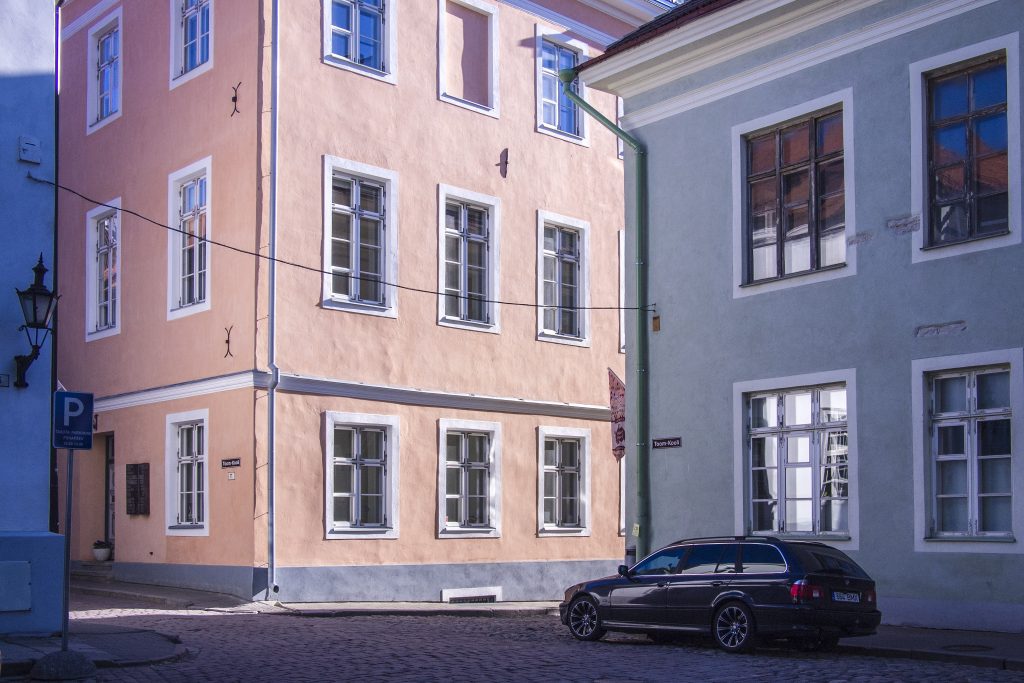Reading time: 3 min
Writer: Tõnu Toompark, Kinnisvarakool.ee
In 2018, the number of transactions made in the Estonian housing market increased, however, in the second half of the year, the number started to decrease. Time will tell whether it was a temporary fluctuation in the market, which happens from time to time, or a trend reversal, which will be followed by the active market becoming passive i.e. the number of transactions will decrease.
The changes in the number of transactions are contradictory
Tallinn apartment market, the largest area in the Estonian apartment market, has increased yearly and quarterly. However, during the second half of 2018, the increase was substituted by a trend of decrease. In the second half of 2018, 7% fewer apartment transactions were made in Tallinn than in 2017. All in all, 9698 apartment transactions were made in 2018, which was 0.6% i.e. 62 transactions fewer than in 2017.
Tallinn as the most important market sector is a trendsetter and these trends could carry over to other areas in Estonia as well. However, the number of apartment transactions made in Tartu exceeded the number of transactions made the year before by a large percent. Last year, 1986 apartment transactions were made in the city of Tartu, which is 18% more than the year before.
However, it is important to keep in mind that the direction of the Tallinn market is the more important factor and the number of transactions made with older apartments has been decreasing for a long time. In addition, the number of new development projects put on the market has slightly decreased as well.
That is why we predict that in 2019, there will be a slight decrease in the transactions made in the apartment market. Considering that the number of transactions is higher than the historical average, the decrease in the number of transactions should not be seen as a sign of danger. It will be slightly harder for developers and/or real estate sellers to operate but this is not a crisis, this is more like a market which is stabilizing. The number of transactions has been on a very high level and now, it is falling to a more reasonable level.
Costs are making the prices rise
Often, people are more interested in the price and the direction of the transaction than the transaction itself. The pricing trend of the apartment market is set by the price level of new apartments. Taking into account that the development costs of new apartments are rising rapidly due to land and construction costs and the longer duration of projects, there is a reason to believe that the prices of new apartments will be higher. However, the price increase will not be rapid because if the number of transactions i.e. demand decreases, the competition will still heavily affect those operating in the market.
The prices of older apartments in Tallinn and in major economic areas have been rising more quickly than the prices of new apartments. In other words, the price difference between new and old apartments has become too small. That means that the prices of older apartments can rise only if the prices of new apartments rise.
Most macro estimates indicate that the unemployment rate will stay low and that nominal wages will rise quickly, which means that the purchasing power of home buyers will not be affected. Therefore, it is very reasonable to assume that in 2019 the rise in housing prices will be smaller than the rise in nominal wages.
In addition to domestic balance, global risks influence the market as well
Those who predict a crisis in the real estate market and a significant decrease in prices are seriously mistaken. The macro indicators of the real estate market and their ratios are in balance. There is no overheating in the offers, prices, or transactions of the housing market which would indicate a significant risk of decrease. A strong labour market and a reasonable mortgage market are fundamental factors which support the real estate market.
However, those who believe that everything is okay in the real estate market and are expecting a strong increase are mistaken as well. There are lots of offers for housing in major economic areas. However, the number of buyers i.e. transactions has been falling for two quarters in Tallinn. This keeps the pressure on prices and competition tight and no sales transaction comes too easy.
Uncertainty and lack of knowledge deriving from the world economy are separate risk factors. If the global risks are realized, the cards would be reshuffled and all previous micro-level predictions would become void.
In summary, we can say that 2019 will be a busy year for the Estonian housing market. Internal balance in the real estate market indicates that the developments will more likely be stable. There is no reason to believe that the market will rise or crash unexpectedly. It is not easy to make offers in the market because the competition is still high. Paradoxically, the situation will also get tougher in the demand section because the number of offers i.e. options will decrease. Trends in a world economy, where uncertainty is increasing, will indirectly affect the real estate market and environment as well.






